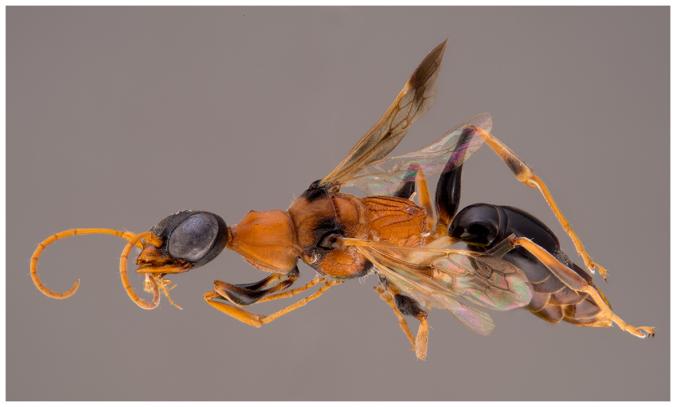The good folks of Radiolab and I sat down to talk about the past and future of everyone’s favorite gene-editing tool, CRISPR. Listen here!
Originally published June 10, 2015. Copyright 2015 Carl Zimmer.
Author: admin
The good folks of Radiolab and I sat down to talk about the past and future of everyone’s favorite gene-editing tool, CRISPR. Listen here!
Originally published June 10, 2015. Copyright 2015 Carl Zimmer.
The New York Times, June 10, 2015
For centuries, archaeologists have reconstructed the early history of Europe by digging up ancient settlements and examining the items that their inhabitants left behind. More recently, researchers have been scrutinizing something even more revealing than pots, chariots and swords: DNA.
On Wednesday in the journal Nature, two teams of scientists — one based at the University of Copenhagen and one based at Harvard University — presented the largest studies to date of ancient European DNA, extracted from 170 skeletons found in countries from Spain to Russia. Both studies indicate that today’s Europeans descend from three groups who moved into Europe at different stages of history.

Robert Krulwich is a host of the show Radiolab, but he’s also a blogger, having written many posts over the years for National Public Radio. I’m delighted to welcome Robert to Phenomena, which is host to his new blog, “Curiously Krulwich.”
(Full disclosure: I’ve known Robert for a long time. We first met to hunt for autumn leaves in my neighborhood. And we’ve carried on a long-running conversation on a variety of topics such as whether parasites are terrible or awesome. Spoiler alert: they are awesome.)
To celebrate Robert’s arrival, I asked him a few questions about his blogging experiences: Continue reading “Please Welcome Robert Krulwich to Phenomena!”
The New York Times, May 29, 2015
Before the end of the last Ice Age, saigas roamed by the millions in a range stretching from England to Siberia, even into Alaska. Eventually they moved to the steppes of Central Asia, where they continued to thrive — until the 20th century, when these strange-looking antelopes began flirting with extinction.
Hunted for its horns, 95 percent of the population disappeared, and the saiga was declared critically endangered.
After the implementation of strict antipoaching measures, the population recovered, from a low of 50,000 to about 250,000 last year. “It was a big success story,” said Eleanor J. Milner-Gulland, the chairwoman of the Saiga Conservation Alliance.
Continue reading “Death on the Steppes: Mystery Disease Kills Saigas”

Parasites may seem too gross or too wicked to be worth saving from extinction. Or they may just seem so skilled in their sinister arts that we don’t have to worry about them, since they’ll always find a new victim.
In fact, parasites warrant our concern, right along with their hosts. That’s not to say that we’d better off if smallpox or rinderpest were still running wild. But letting parasites hurtle into oblivion due to our ecological recklessness is a bad idea. Continue reading “Save the Zombie-Makers!”